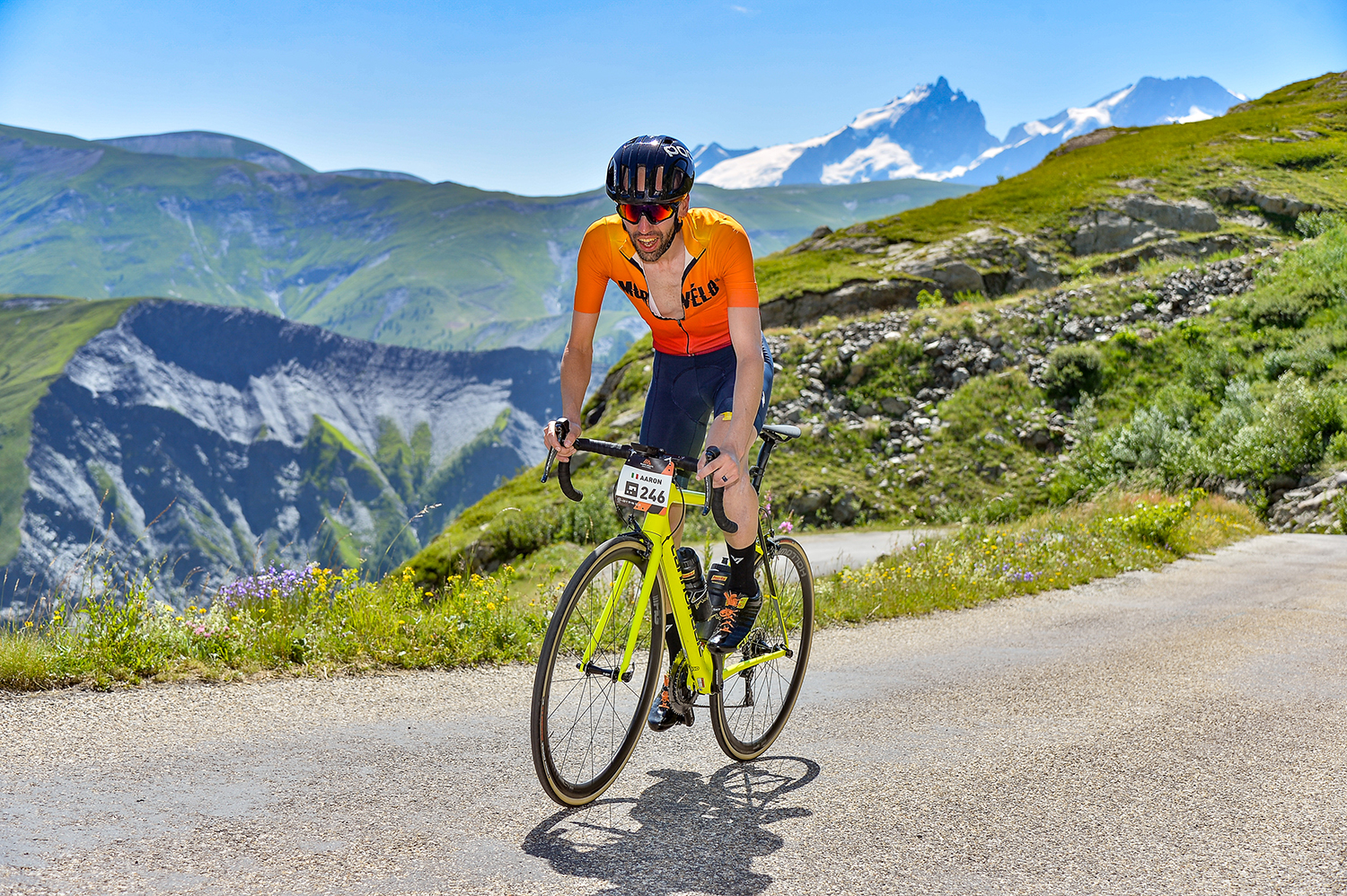You can trust Cyclingnews
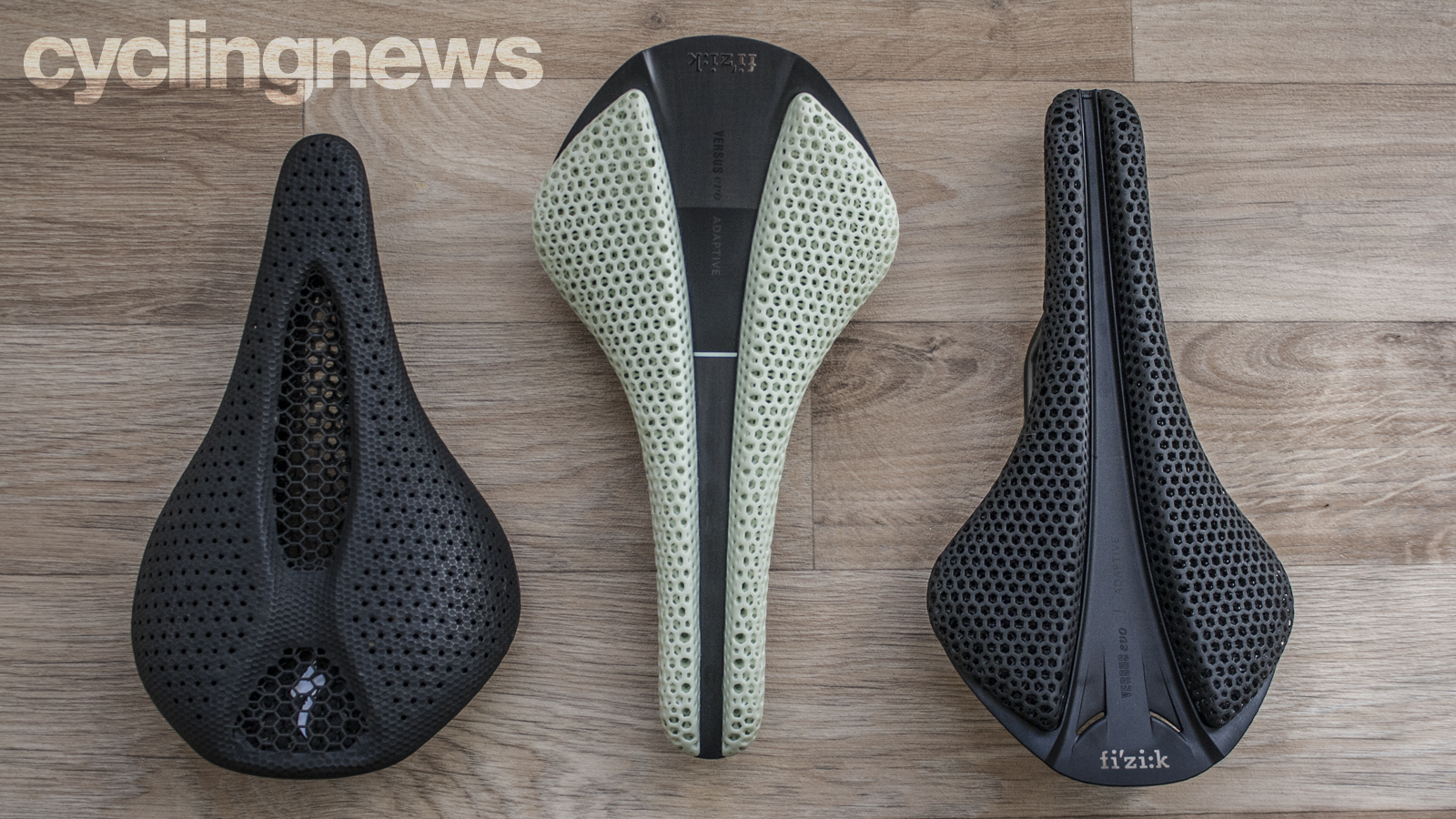
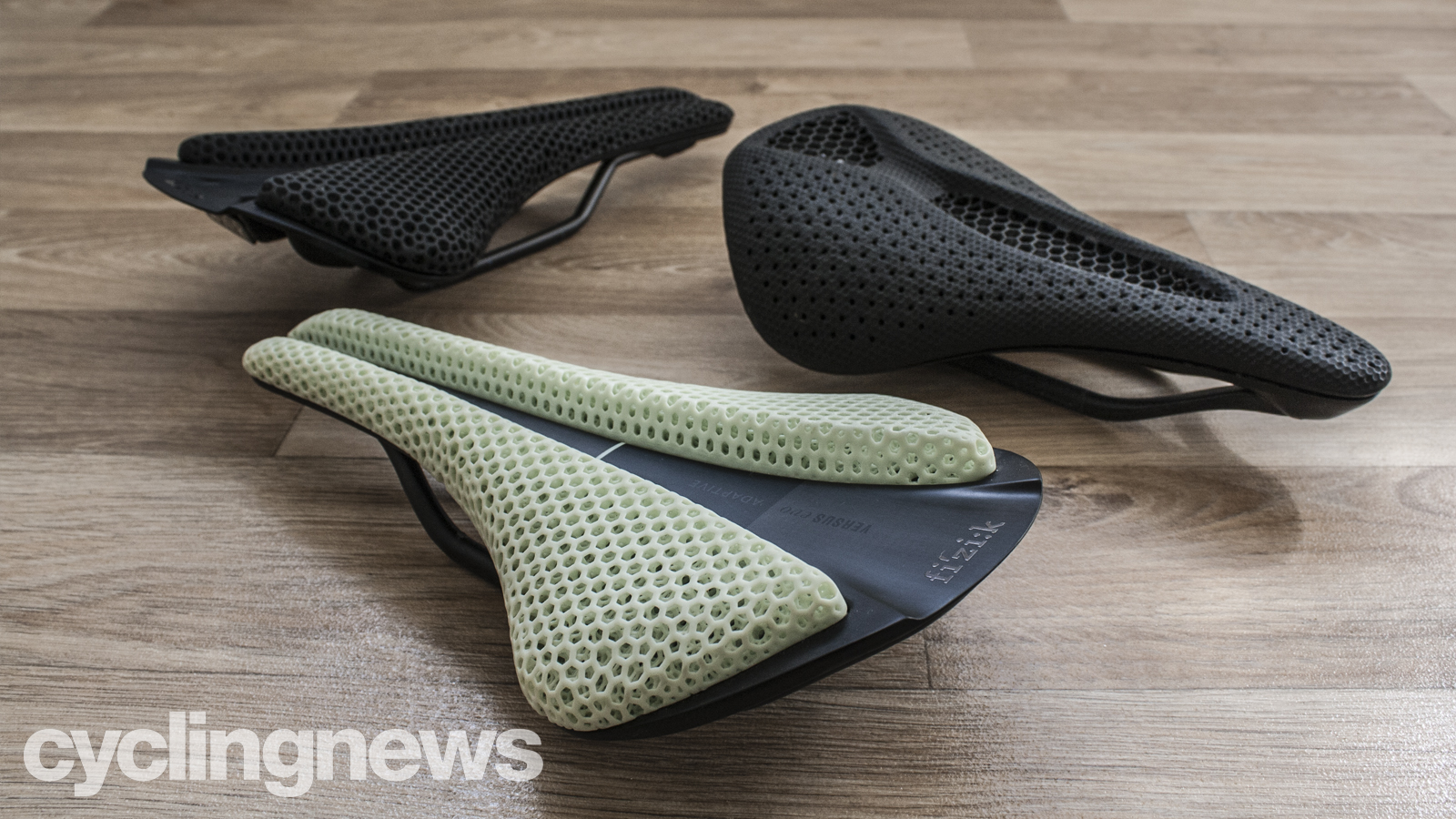
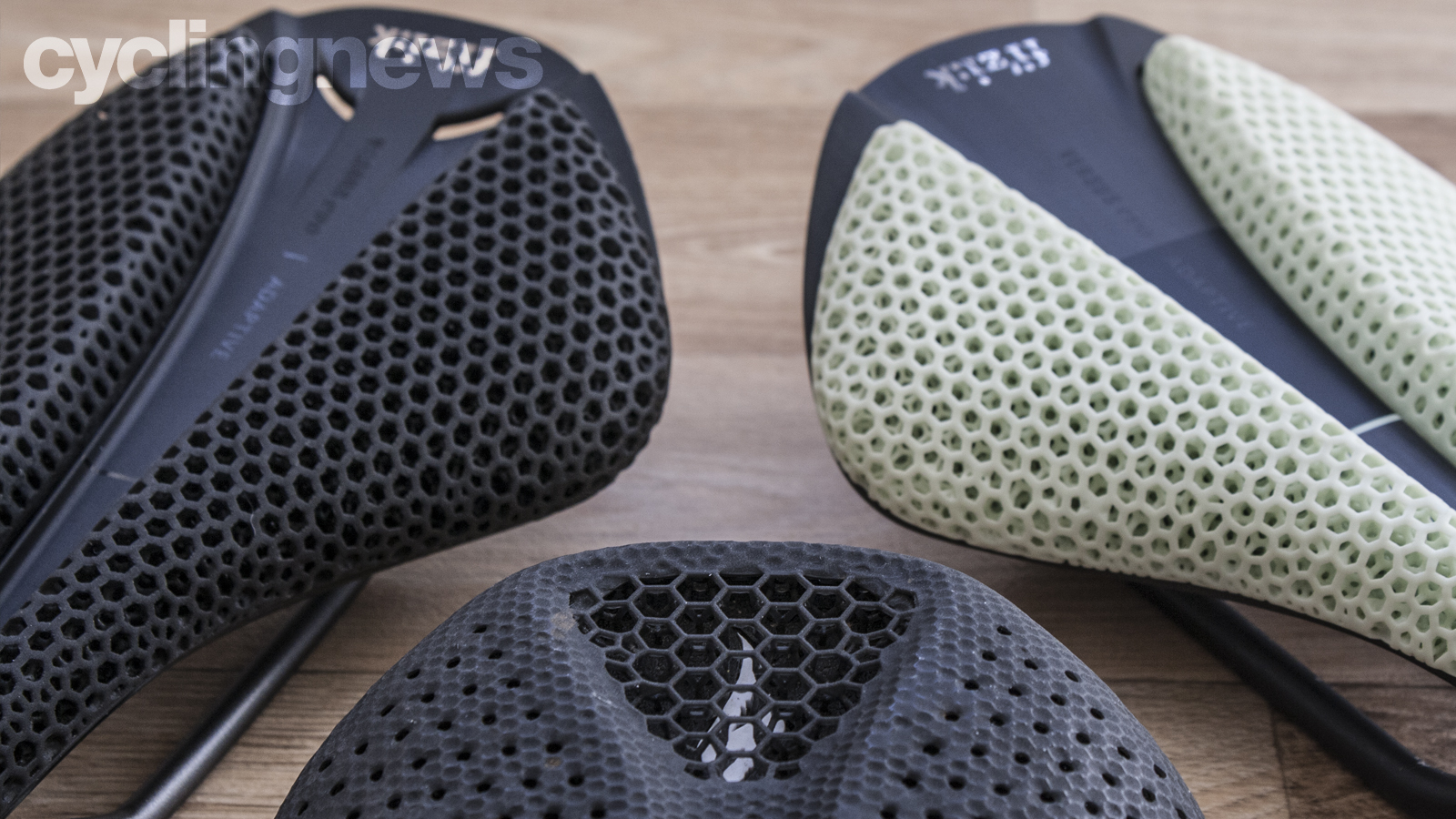
The 3D-printing concept is a hugely popular phenomenon in the cycling world at present with everything from helmets and gloves through to components and even bikes utilising this new technology - all in the quest for the perfect fit. We've already covered both the 3D-printed Fizik Antares Versus Evo 00 Adaptive and Specialized S-Works Power with Mirror saddles in detail and came away thoroughly impressed by what both options offer cyclists as far as the best road bike saddles go. However, the same question keeps coming up: which of the two is the better option? Well, to complicate matters even further, we've also included the newest addition to Fizik's Adaptive range - the all-black Antares Versus Evo R3 - and pitted all three options against each other to establish which saddle truly is the best 3D-printed saddle currently on the market.
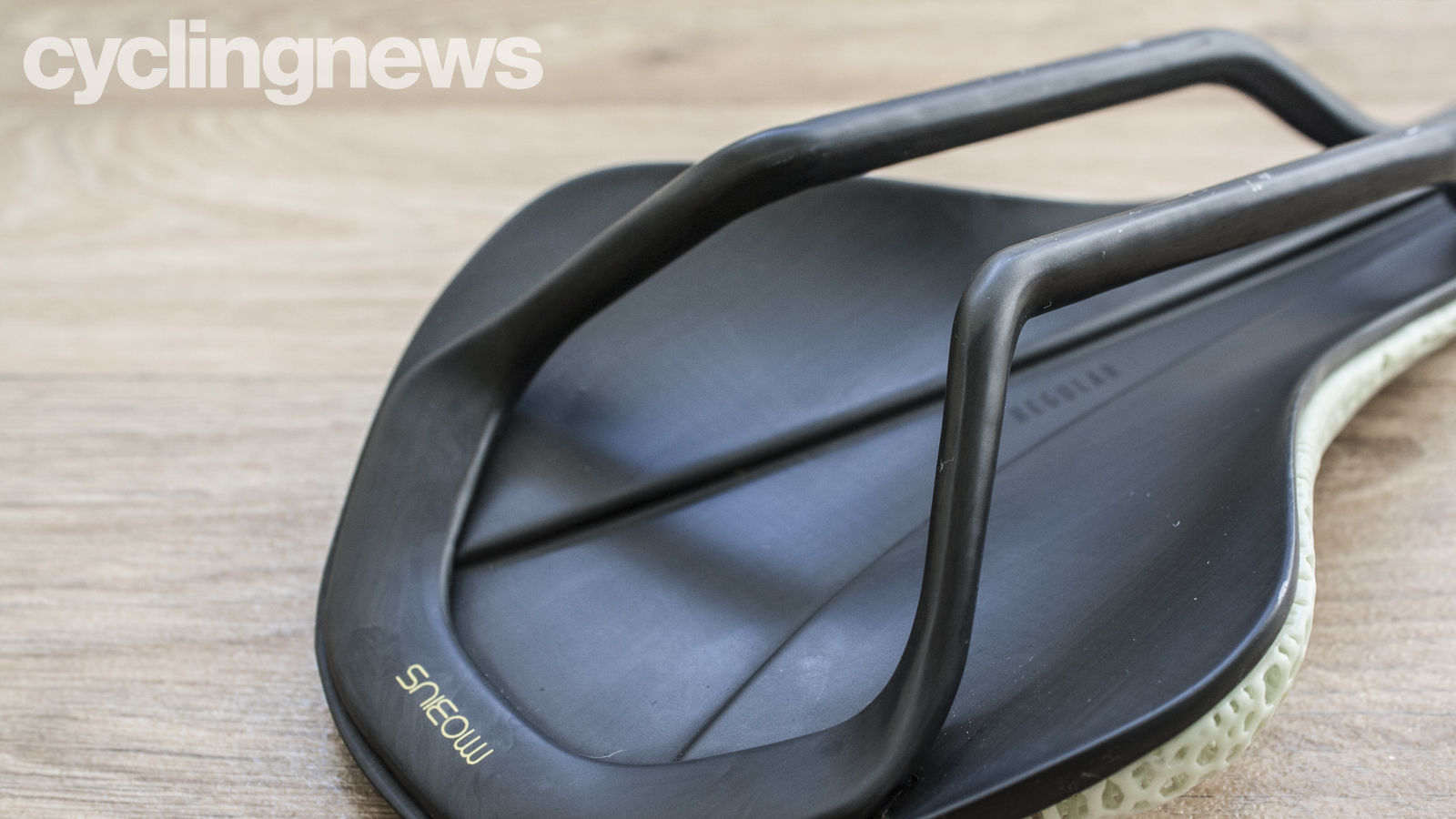
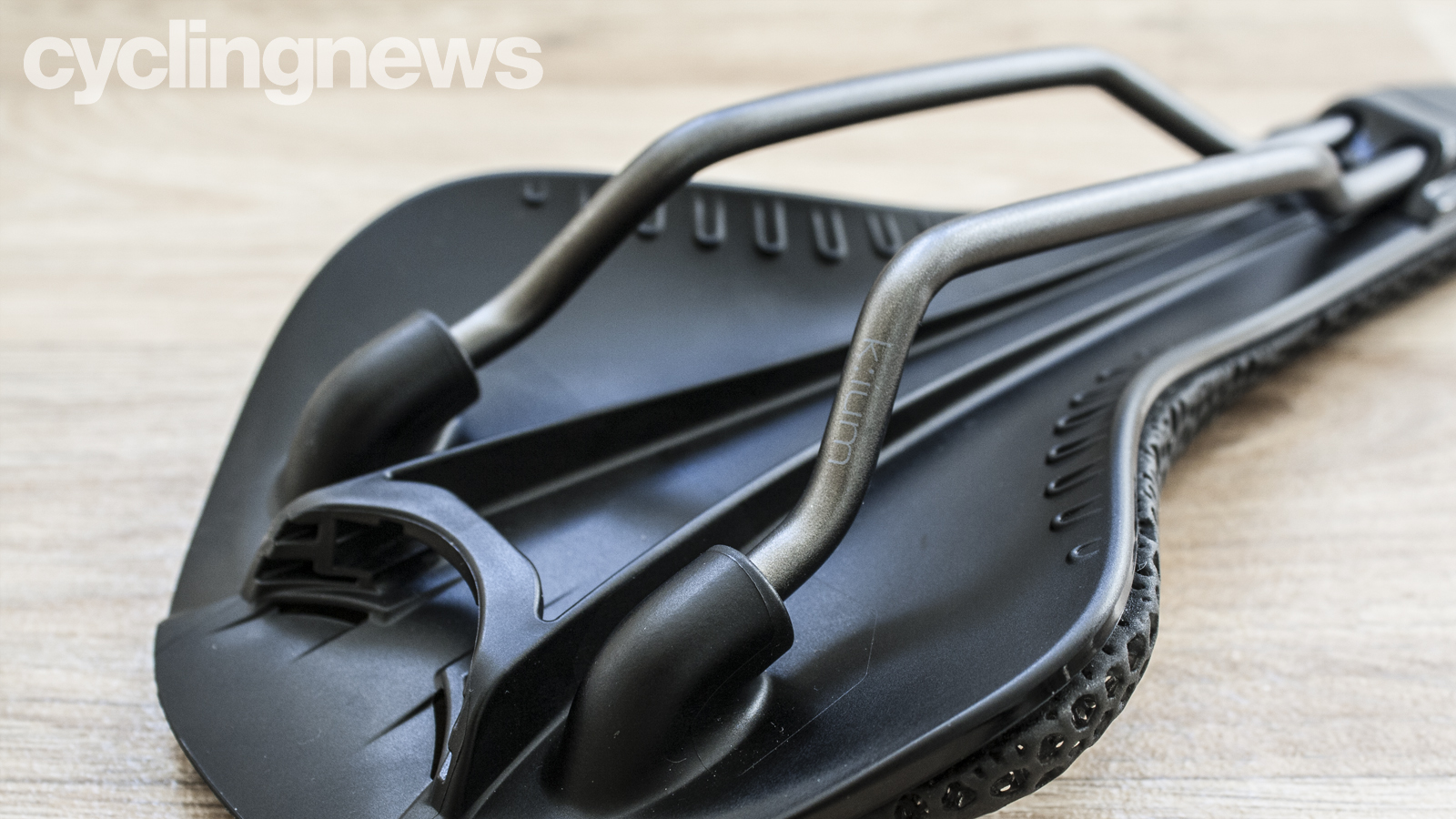
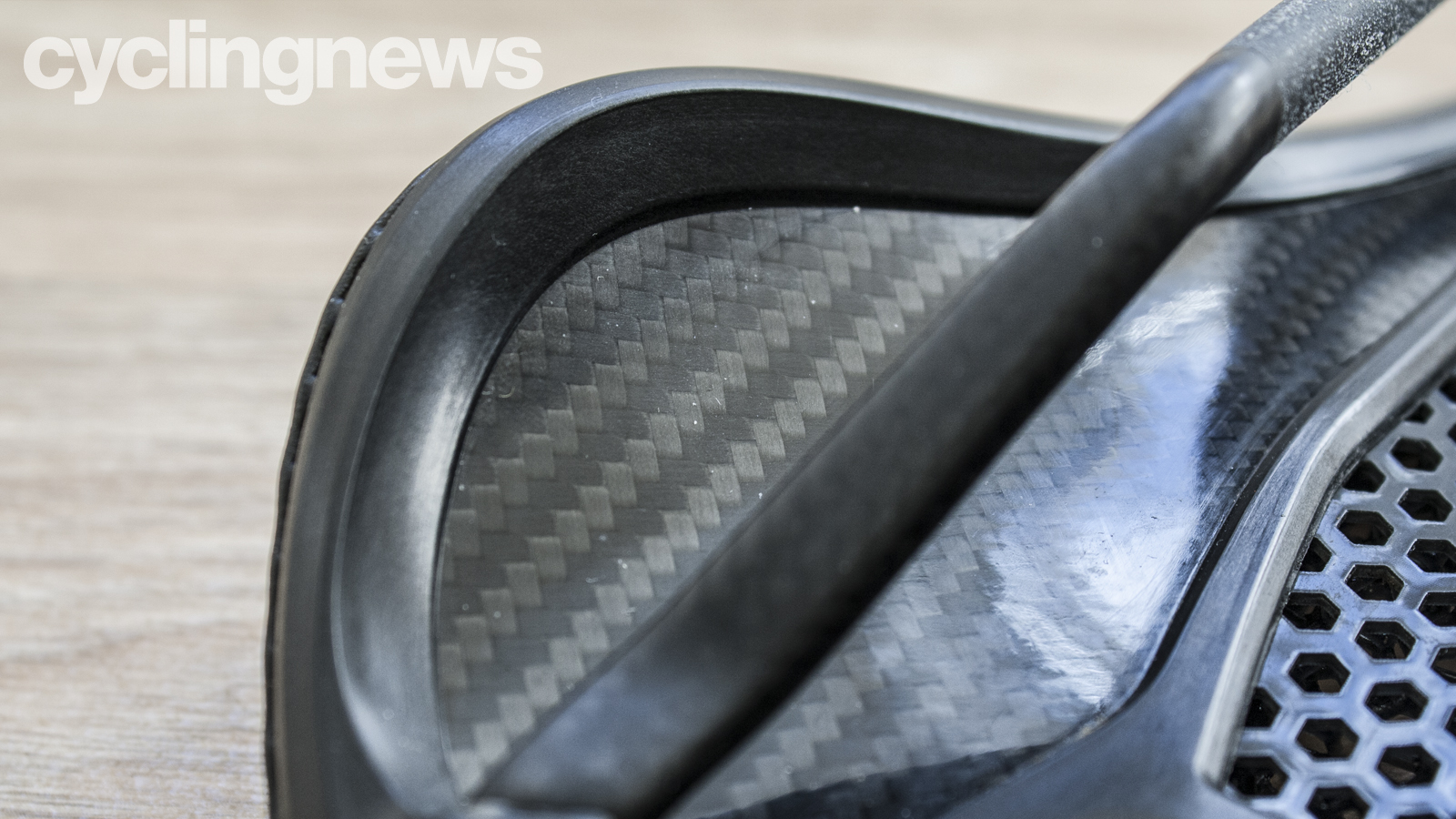
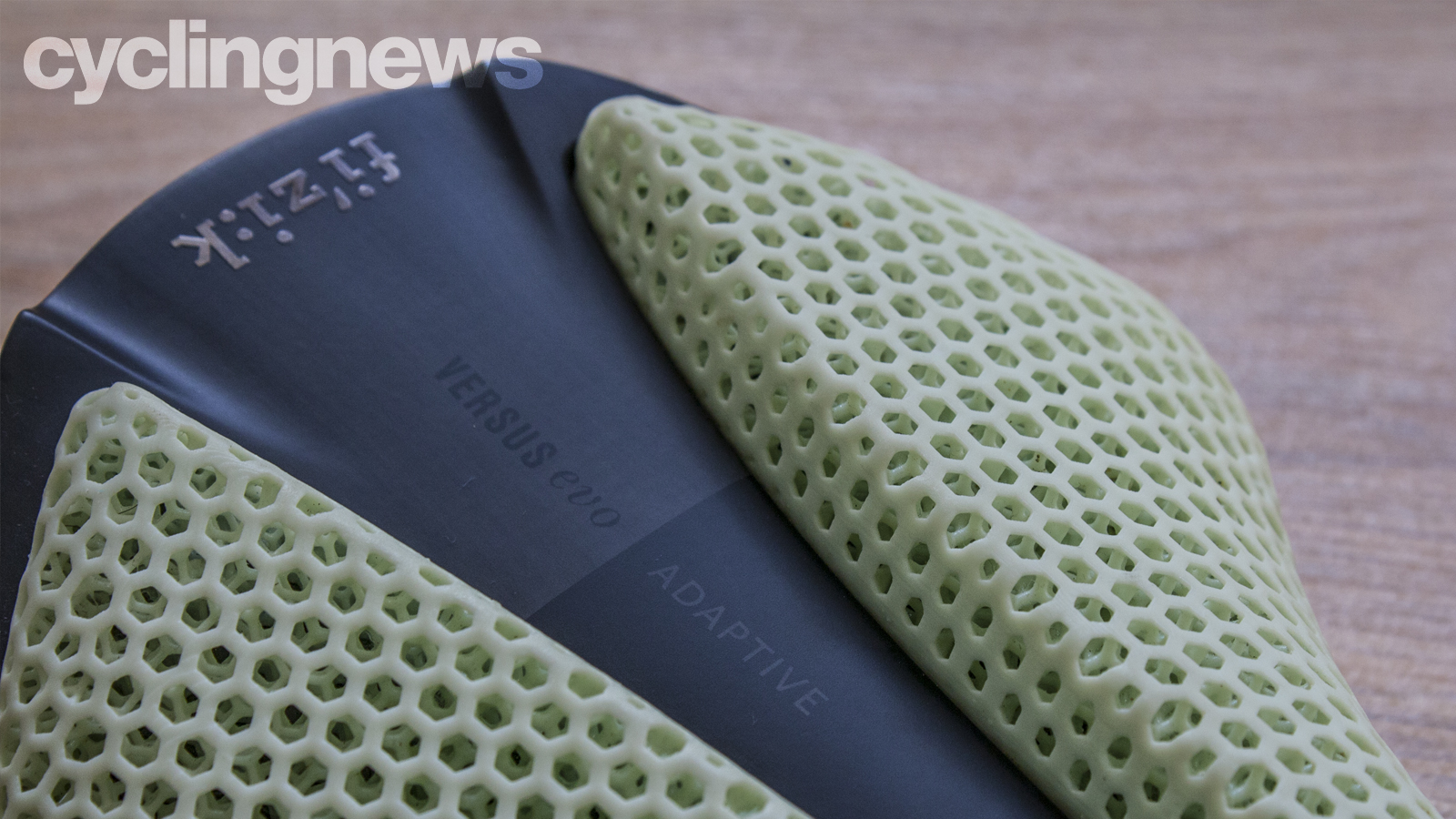
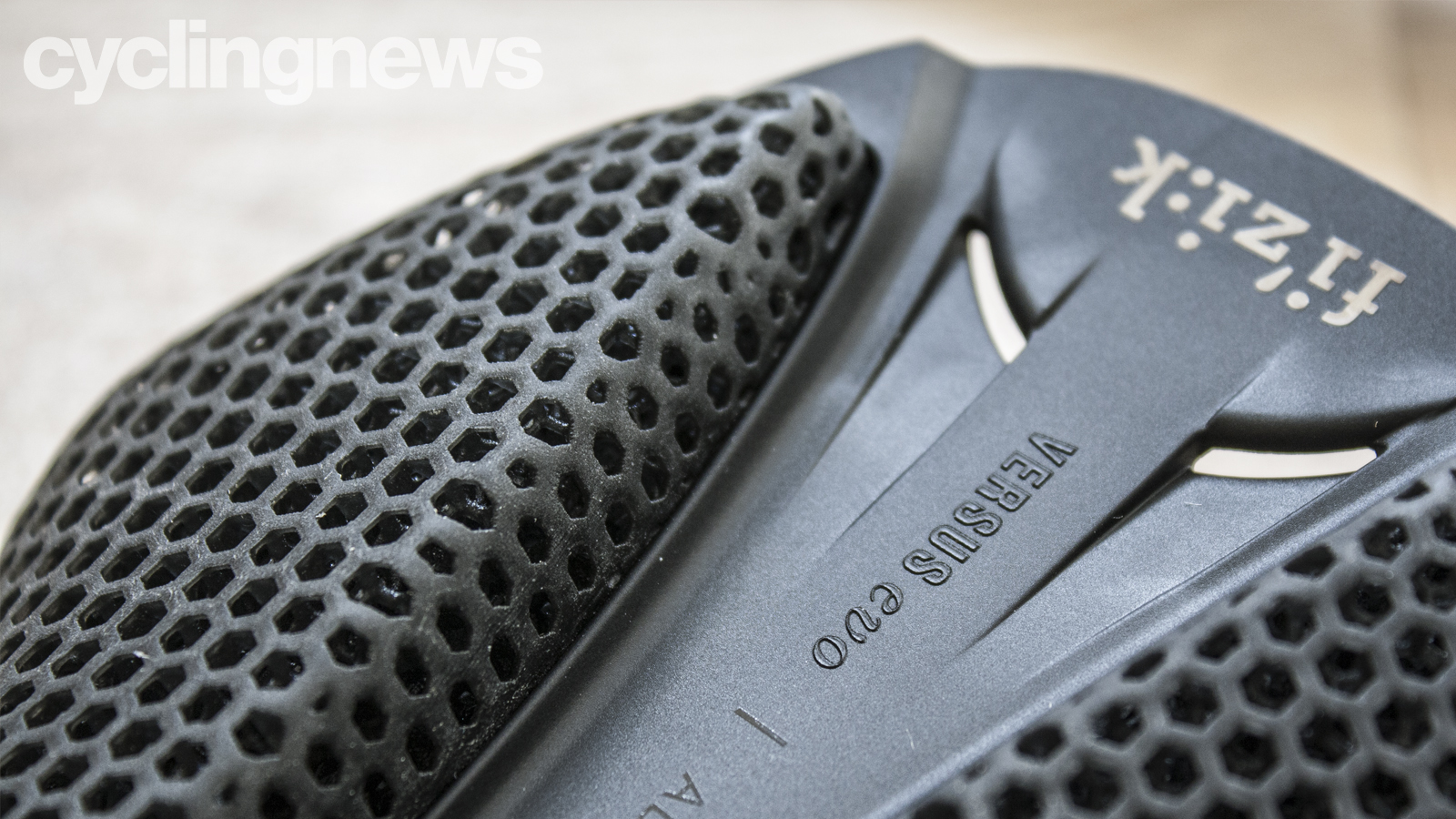
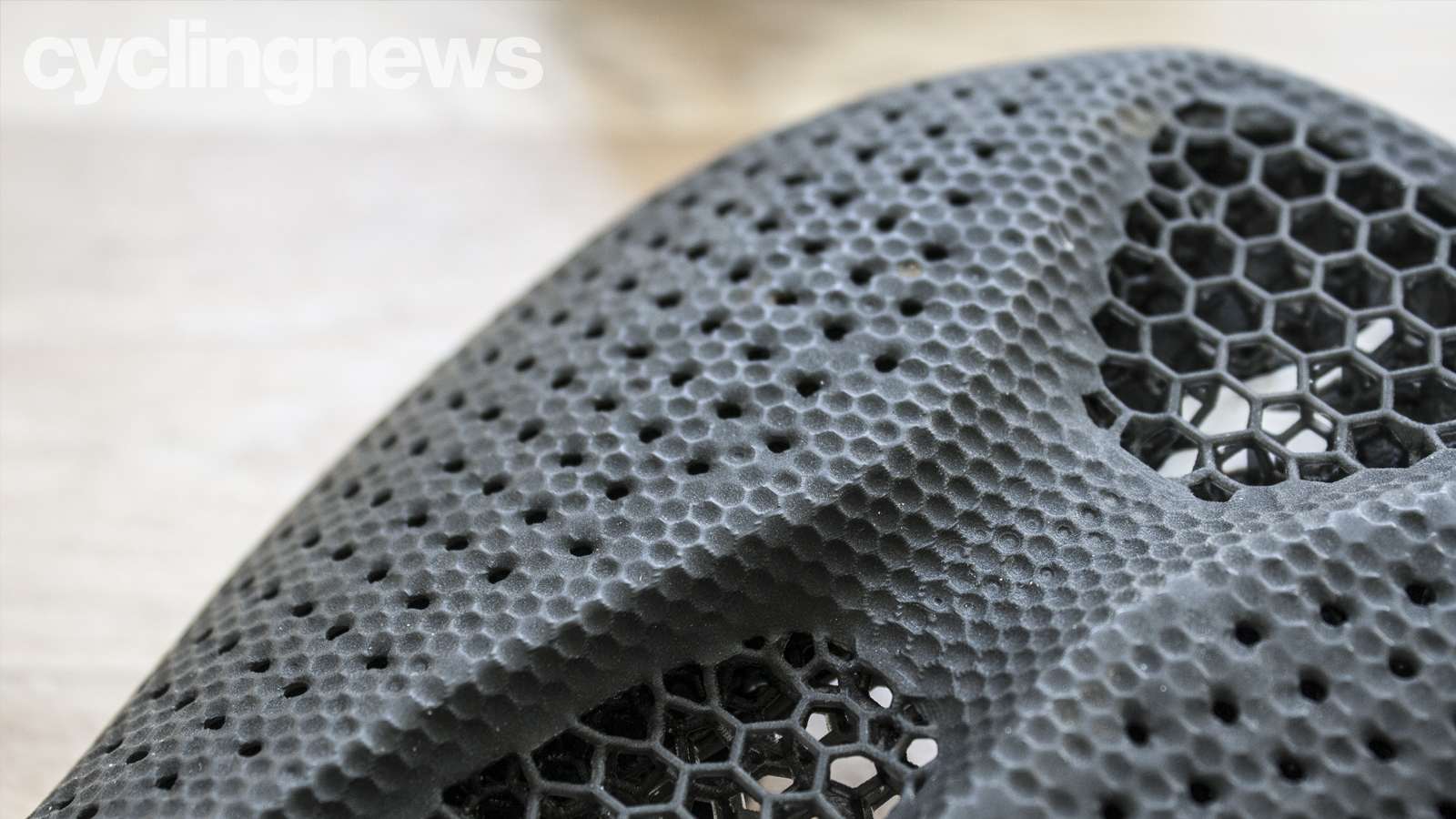
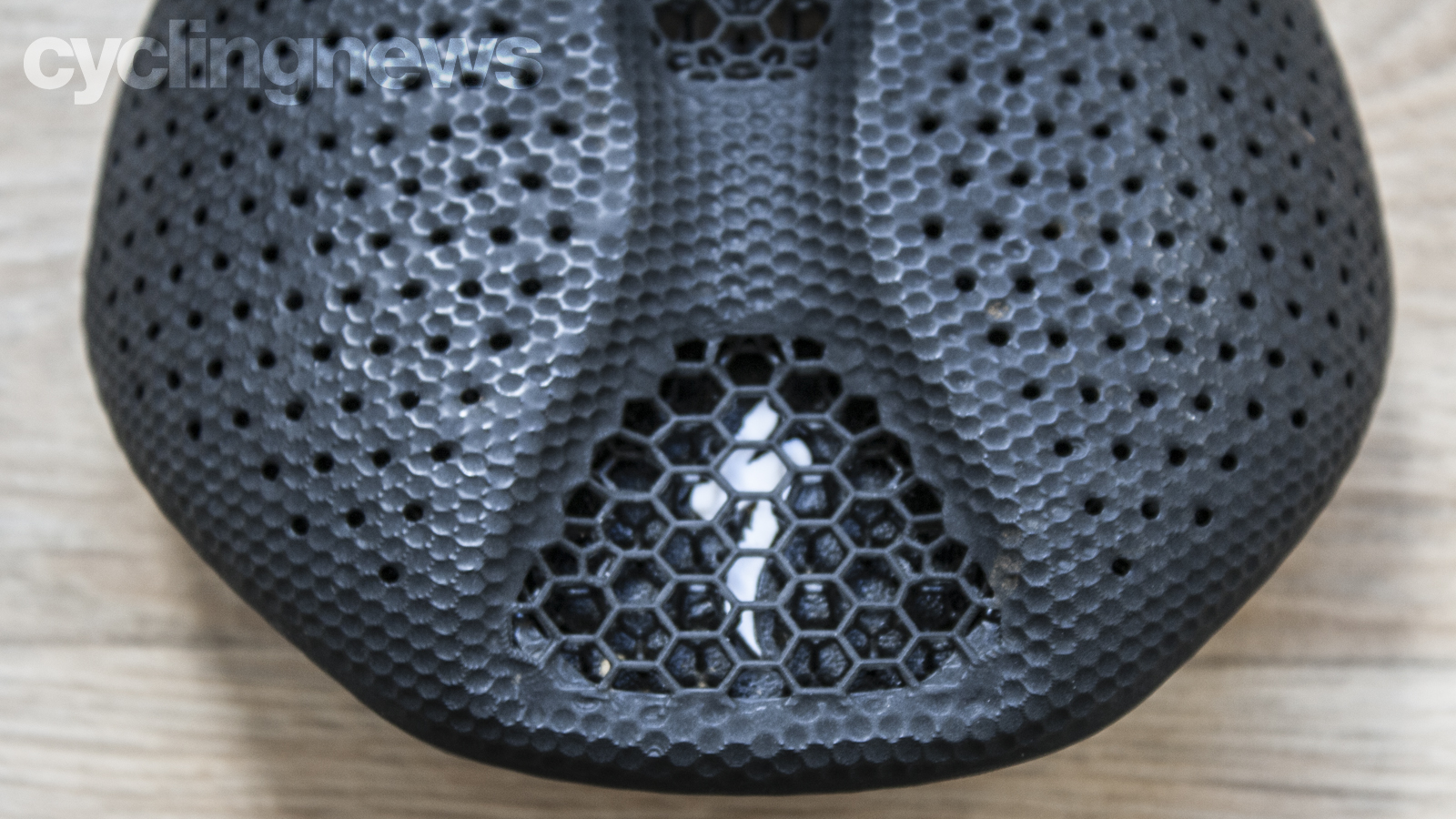
Design and aesthetics
Fizik unveiled the Antares Versus Evo 00 Adaptive saddle at Eurobike in 2019 amid much fanfare. Sporting a peculiar-yet-striking milky-lime-green colourway, it turned many heads, but some argued the 'colourless' lattice lacked visual impact. While polarising in appearance, it still managed to conjure a sense of curiosity and intrigue - particularly here at Cyclingnews. The 00 however, fails to effectively complement the majority of contemporary bicycle colourways, not to mention has a propensity for showing up dirt, mud and grime. Closer examination, however, reveals a raft of incredible stylistic touches that can easily be overlooked. For instance, the saddle is as much about texture and form as it is function. The level of detailing is exquisite, and the way the various textures, shapes and surfaces work together is truly impressive - carbon fibre is used liberally throughout its construction while the maker's name and model type is subliminally fashioned into the centre channel that separates the 3D-printed cushion.
Save for the stealthy-looking black facade the Fizik Antares Versus Evo R3 Adaptive is virtually identical to the 00 model pictured here, retaining the same shape, central channel and zonal cushioning. The disparities only materialise once you turn it over and examine the platform and rail configuration in detail. Here you'll notice the Versus Evo R3 Adaptive has eschewed a carbon-fibre monocoque in favour of a plastic platform so the look and feel is a little different, as are the rail mouldings which are filled with hollow Kium rails. Other notable details include a brace of diffuser-style vents at the rear, an aesthetic touch of course.
Specialized's S-Works Power with Mirror saddle represents the complete antithesis of Fizik's Adaptive range and, while it utilises a black-on-black colour palette to maximum effect, it hasn't been designed as an out-and-out performance saddle. As a result, there's a greater surface area of padding on offer and the snub-nose design lends itself more towards comfort. Despite the white 'S' logo nestled under the lattice webbing on the back of the saddle, there are no other visual markings that allude to its maker - a nice touch for those who ride rival brands. Visually, the Mirror shares its design blueprint with the Power and Power Arc models - a proven recipe when it comes to sit-bone support and pressure dissipation. It's only under intense scrutiny that the differences between its stablemates come to the fore and that's because Specialized has treated the Mirror with an outer sheath to give the illusion of a traditional perch. In fact, of the three saddles gathered here, the Mirror takes on the most resolute - read traditional - appearance as a package; the sheath, 3D-matrix, carbon rail and undercarriage infrastructure are just superb.
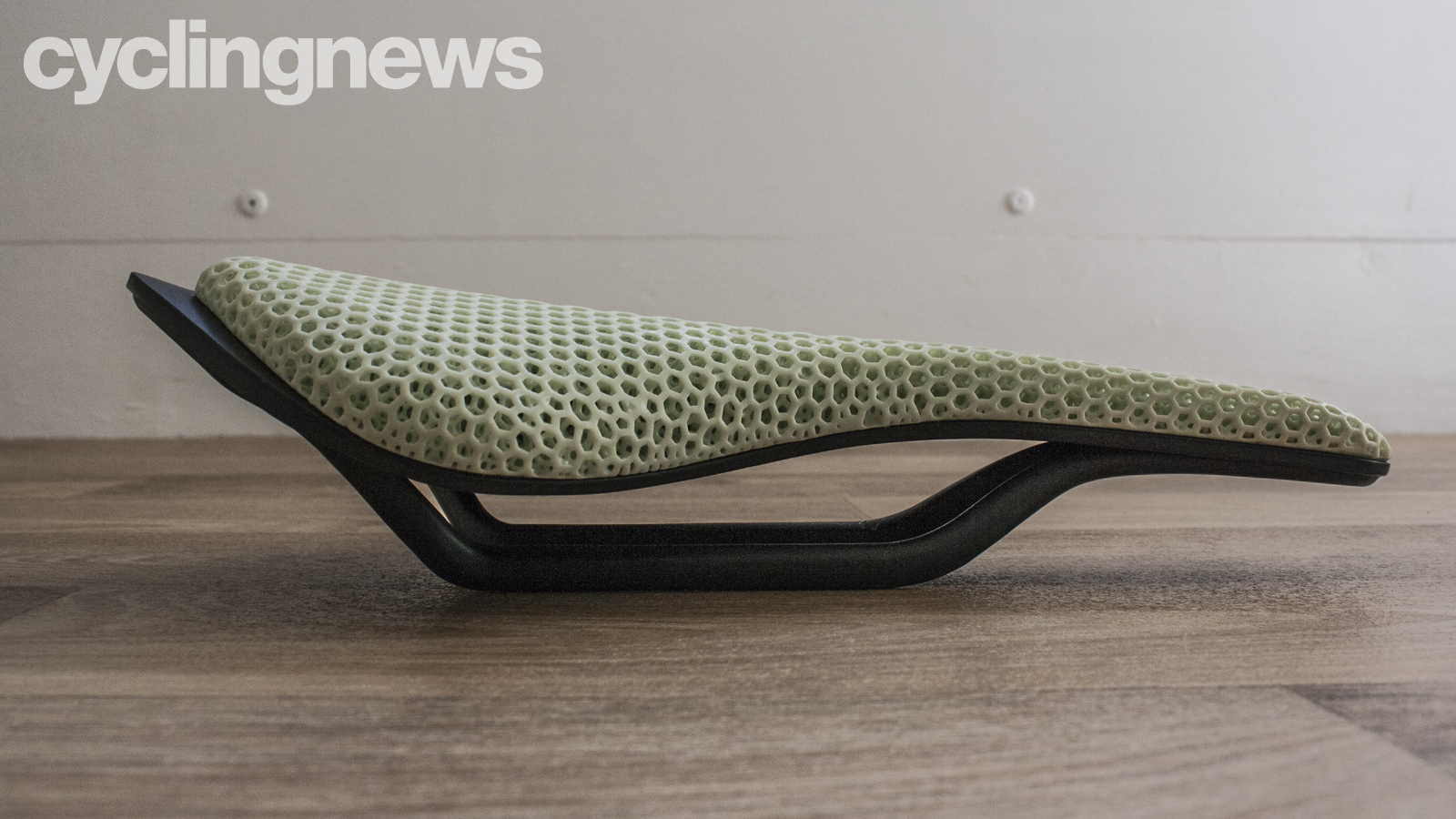
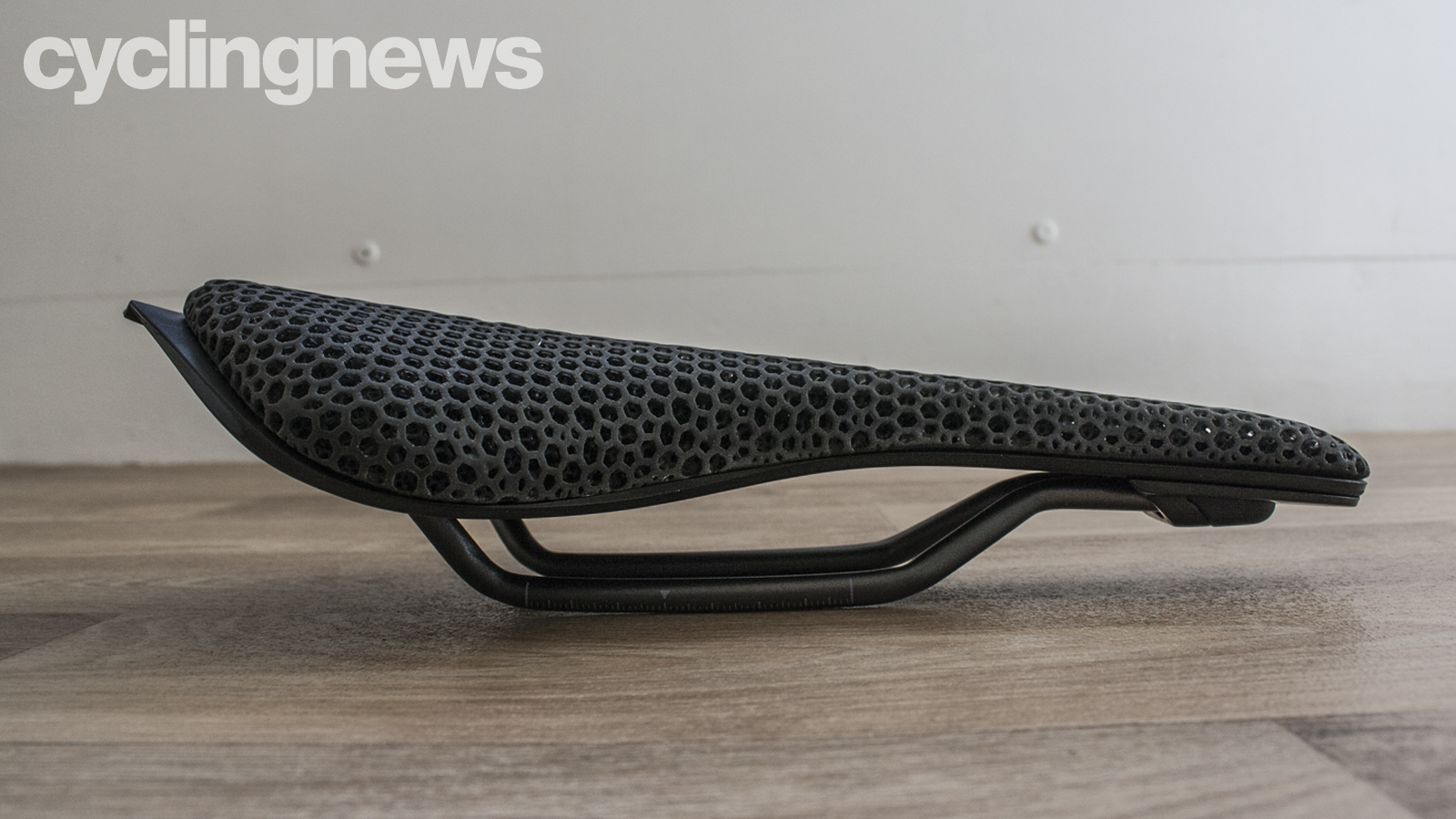
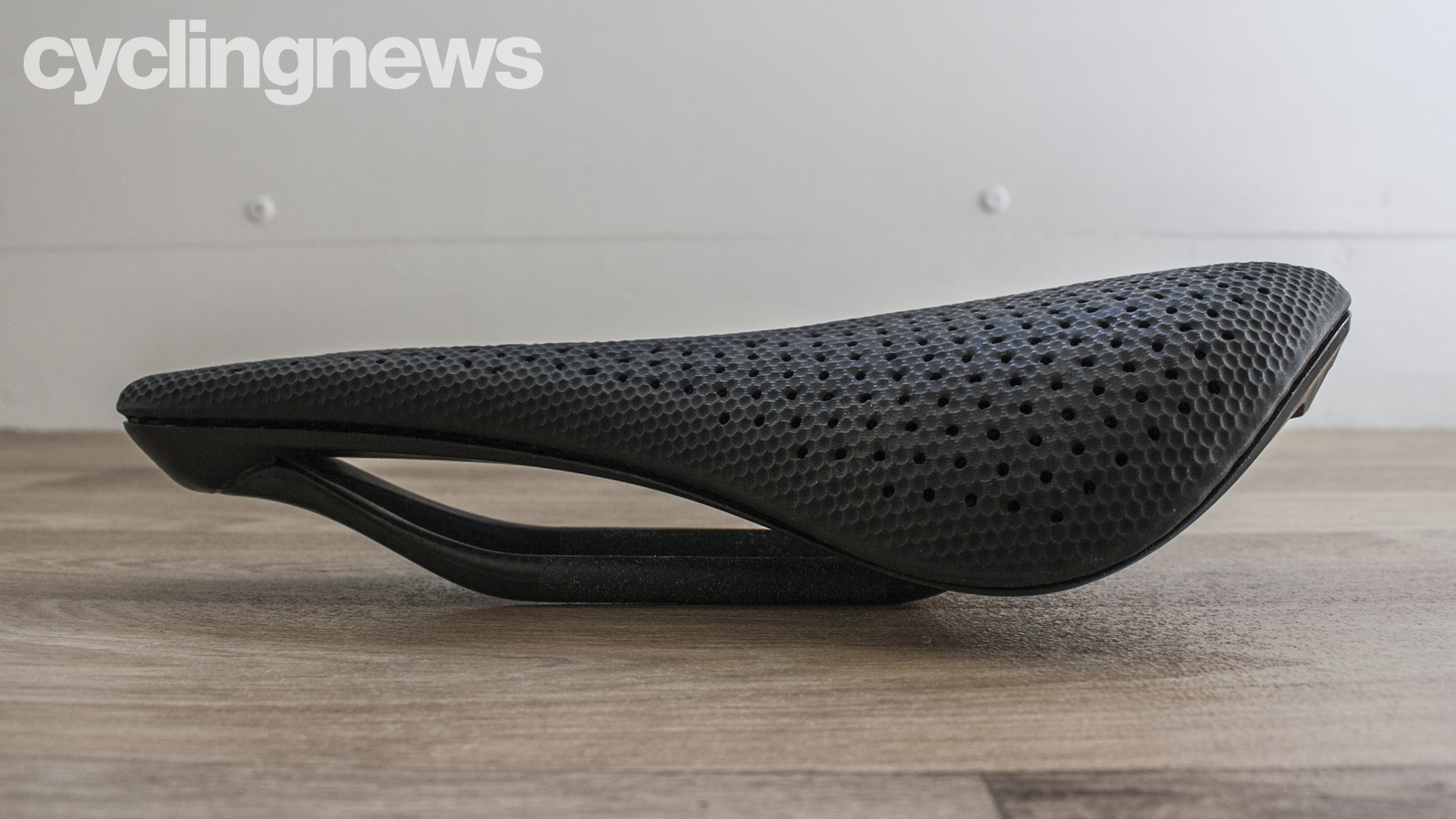
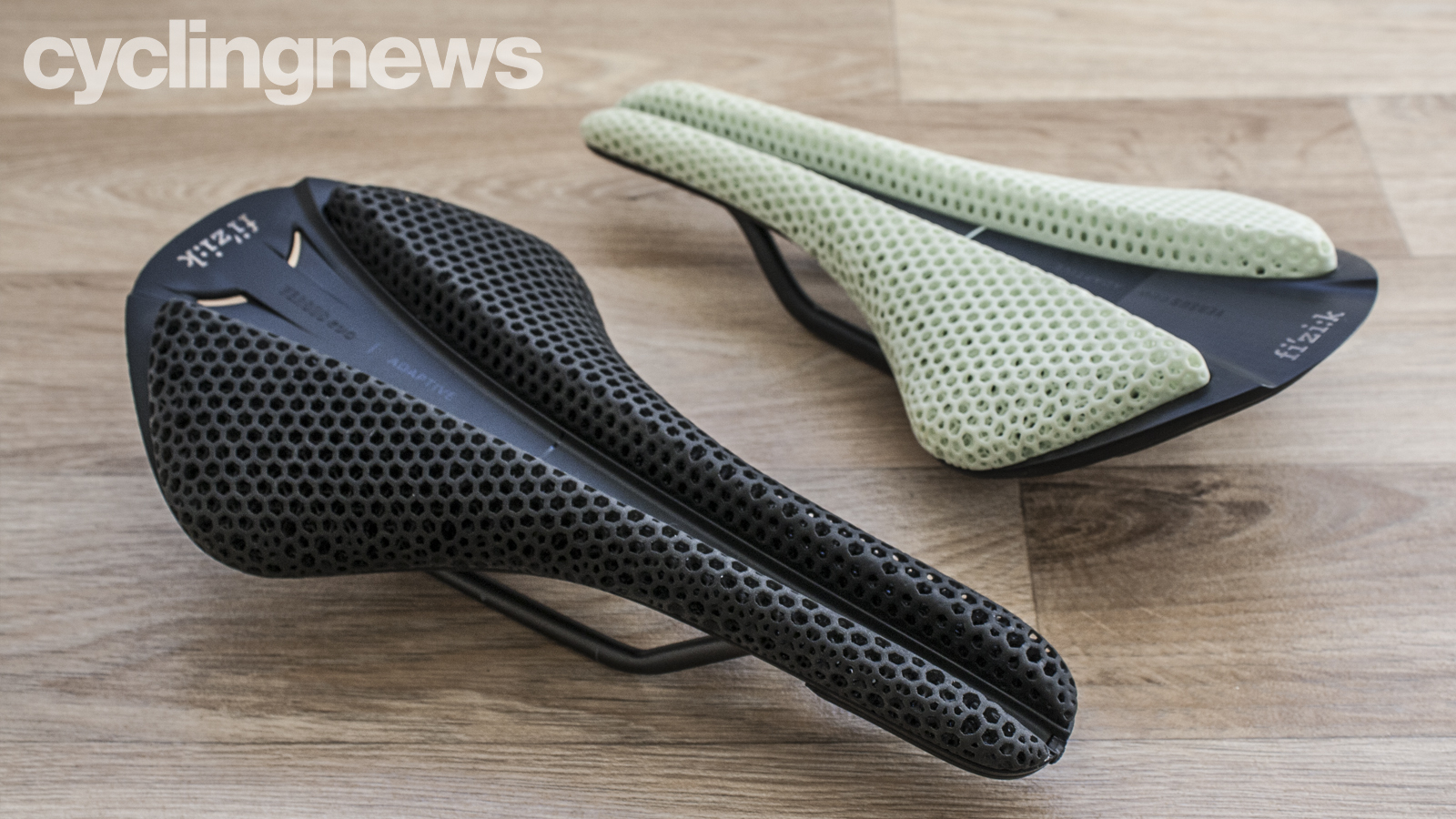
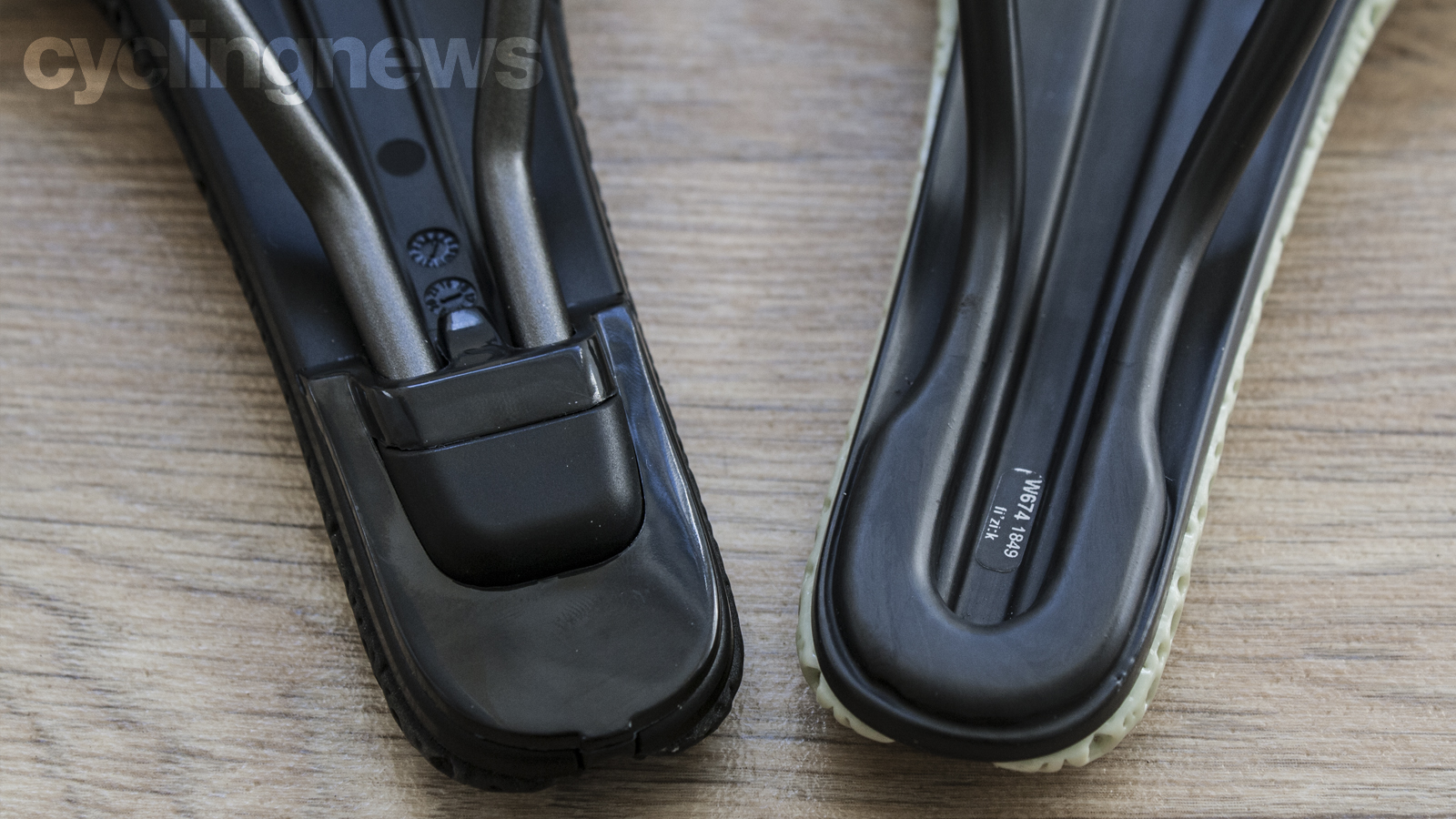
Specifications
On paper, the Specialized Mirror runs neck-and-neck with the 00 Adaptive. They both feature carbon-fibre monocoques and rails and weigh less than 200 grams each - a respective 190g and 153g to be exact. The carbon fibre used in the manufacture of these two saddles, however, is quite different: the Mirror uses TeXtreme fibres while the Antares 00 Adaptive makes do with a unidirectional composite, a far more attractive and refined recipe in my opinion.
While the Versus Evo R3 is the heaviest perch here at 215g and ditches the lavish carbon-fibre garnishing for plastic and metal, its 3D-printed lattice is manufactured using the same principles as its lighter compatriots. In fact, all three saddles are manufactured by the same company - Carbon, a 3D printing specialist based out of California. This method uses Digital Light Synthesis (DLS), a photochemical process that balances light and oxygen to 3D print the lattice structure before curing in a forced-circulation oven.
- Best road seatposts: Lightweight, compliance-boosting seatposts for your road bike
- Best bar tape: Grippy, comfortable and durable handlebar tape to protect your palms
- Best road handlebars: How to choose the best handlebars for your bike
- Best road bike pedals: Our pick of the best performance road bike pedals
Both Fizik and Specialized have poured years of research into these saddles and claim similar levels of tunability when it comes to tailoring the density, dampening and elasticity of the lattice polymer, the results of which far surpass anything achievable from a foam equivalent. All three options are comfortable saddles but its the 00 Adaptive and Specialized Mirror that stand out as far as specification and materials are concerned.
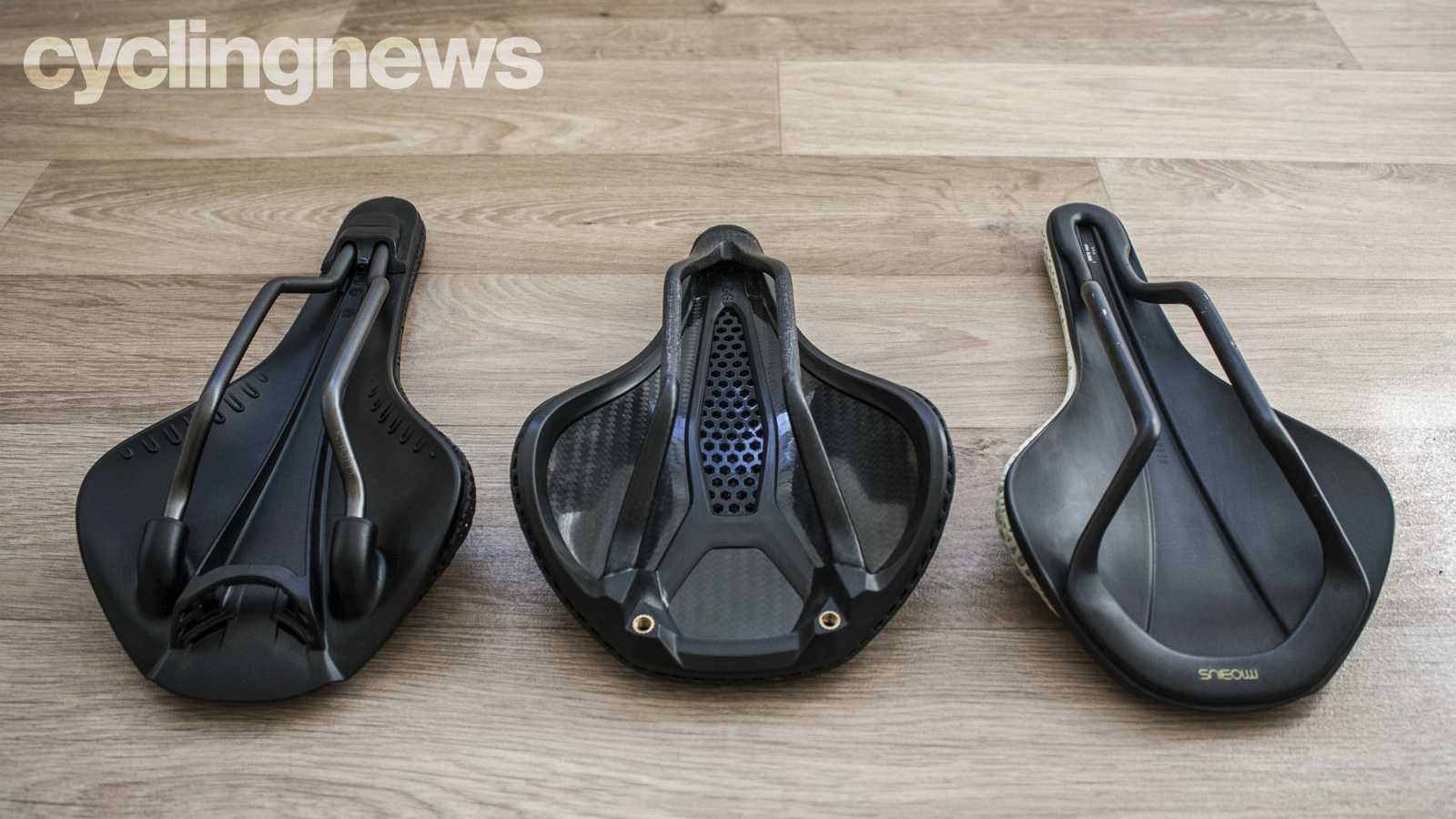
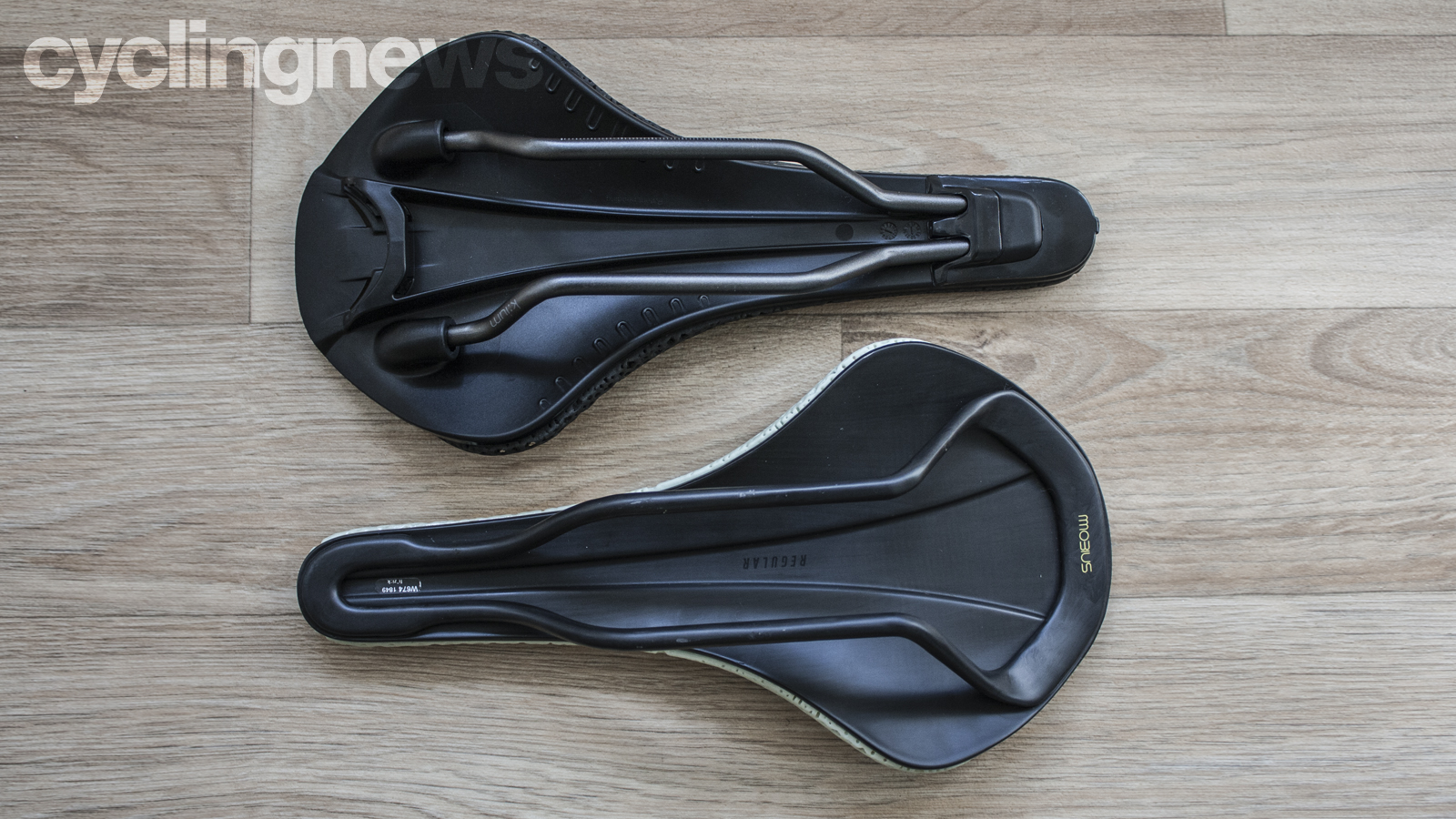

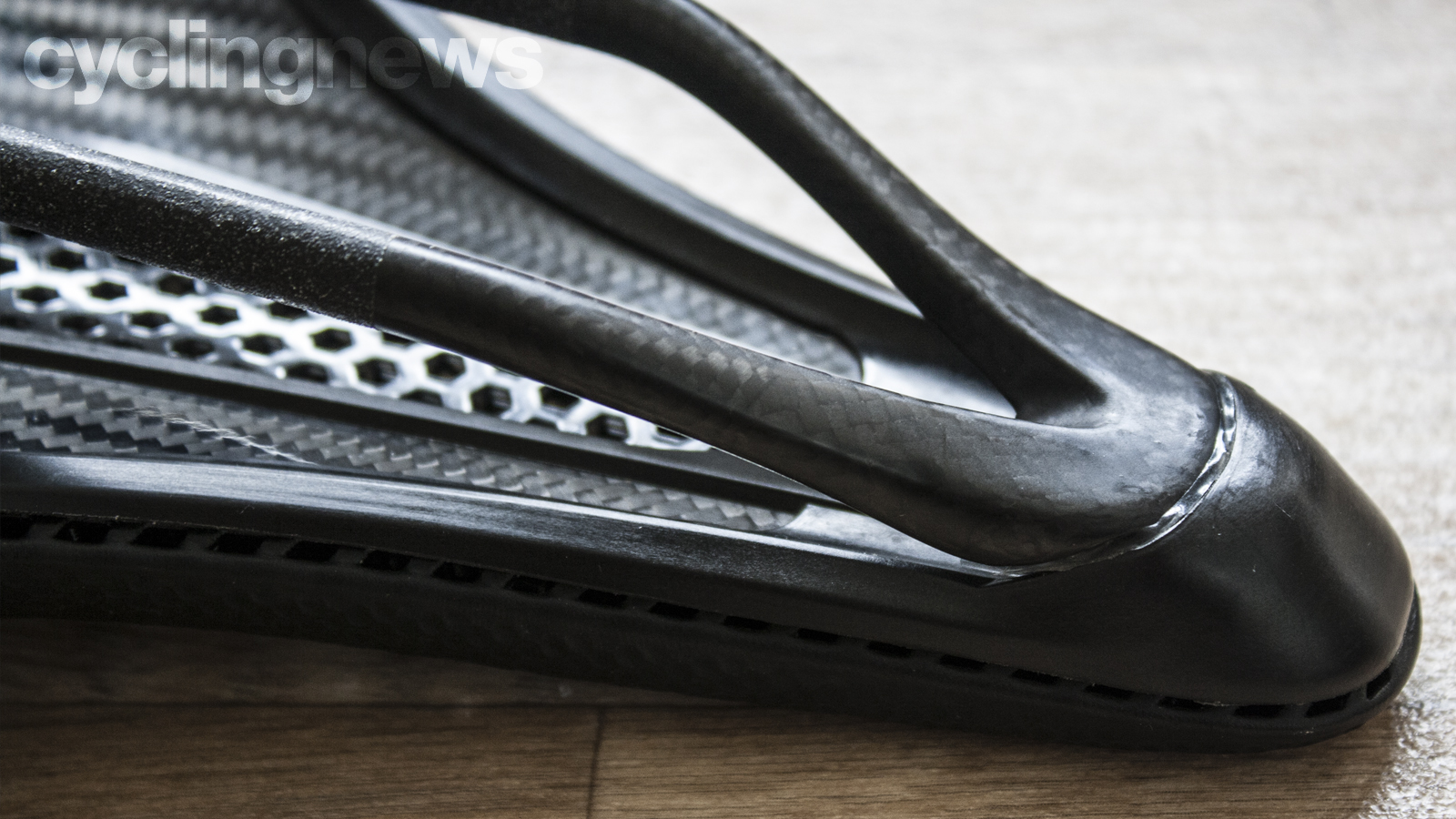
Comfort and performance
It's appreciably difficult to critique a saddle, as attributes such as comfort and performance are subjective. I for one am a fervent proponent of the longer, flatter-style road bike saddle and the Fizik Arione has long been my go-to perch of choice. However, after spending a lengthy spell testing the trio of 3D-printed saddles gathered here, it's clear that Fizik and Specialized have aimed their products at opposite ends of the performance spectrum.
For starters, the Mirror saddle with its snub-nose design and broader 143mm width is the far more comfortable option of the three. I spent a good portion time with it fixed atop the new Specialized S-Works Diverge and found it offered good all-round support and cushioning. It's by no means a racy proposition - instead, it's aimed squarely at providing comfort and support on longer rides yet can still quite easily double up as a racing option depending on whether it's compatible with your ischial tuberosities. While it doesn't quite suit my narrow sit-bones, shifting to the front provided the aggressive position I enjoy - helped along by the 3D cushion's low-speed, softer compression around the nose. I did, however, experience some numbness during the latter part of a 120km ride but again, this could be down to my sit-bone structure. The outer sheath I mentioned earlier supplies a superb blend of grip - ideal for when things get wet and damp - and it's easier to keep clean as a result.
As far as out-and-out race saddles go the Antares Adaptive range offers some of the better options around. As mentioned in my standalone review, the Adaptive saddle does well to balance comfort and performance - the 00 is supremely light but offers the same zonal cushioning as its heavier Evo R3 sibling so there's nothing separating the two in that regard. That said, the differences come by way of pliancy. The Evo R3 and its plastic chassis have a tendency to flex, especially over choppier surfaces that can sometimes 'bottom out' the cushioning - but that's not necessarily a bad thing as this actually helps a little when it comes to comfort. The 00 Adaptive is without a doubt the stiffest saddle here boasting a direct ride quality that is rich in feel and feedback. While this may not appeal to everyone, those who race or at least enjoy pushing the boundaries when it comes to lateral adhesion will appreciate the high-definition-like feedback and communication it offers.
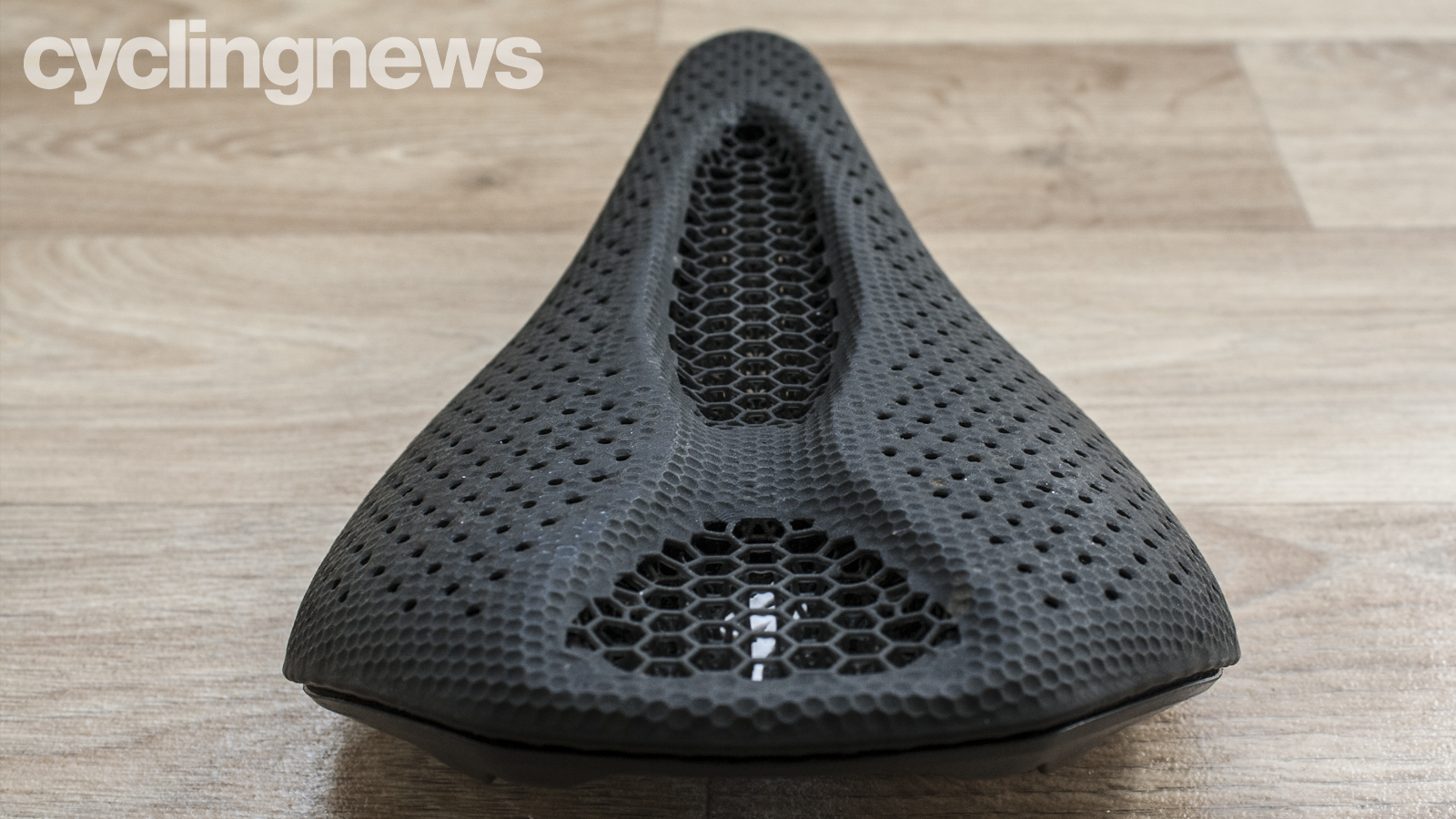
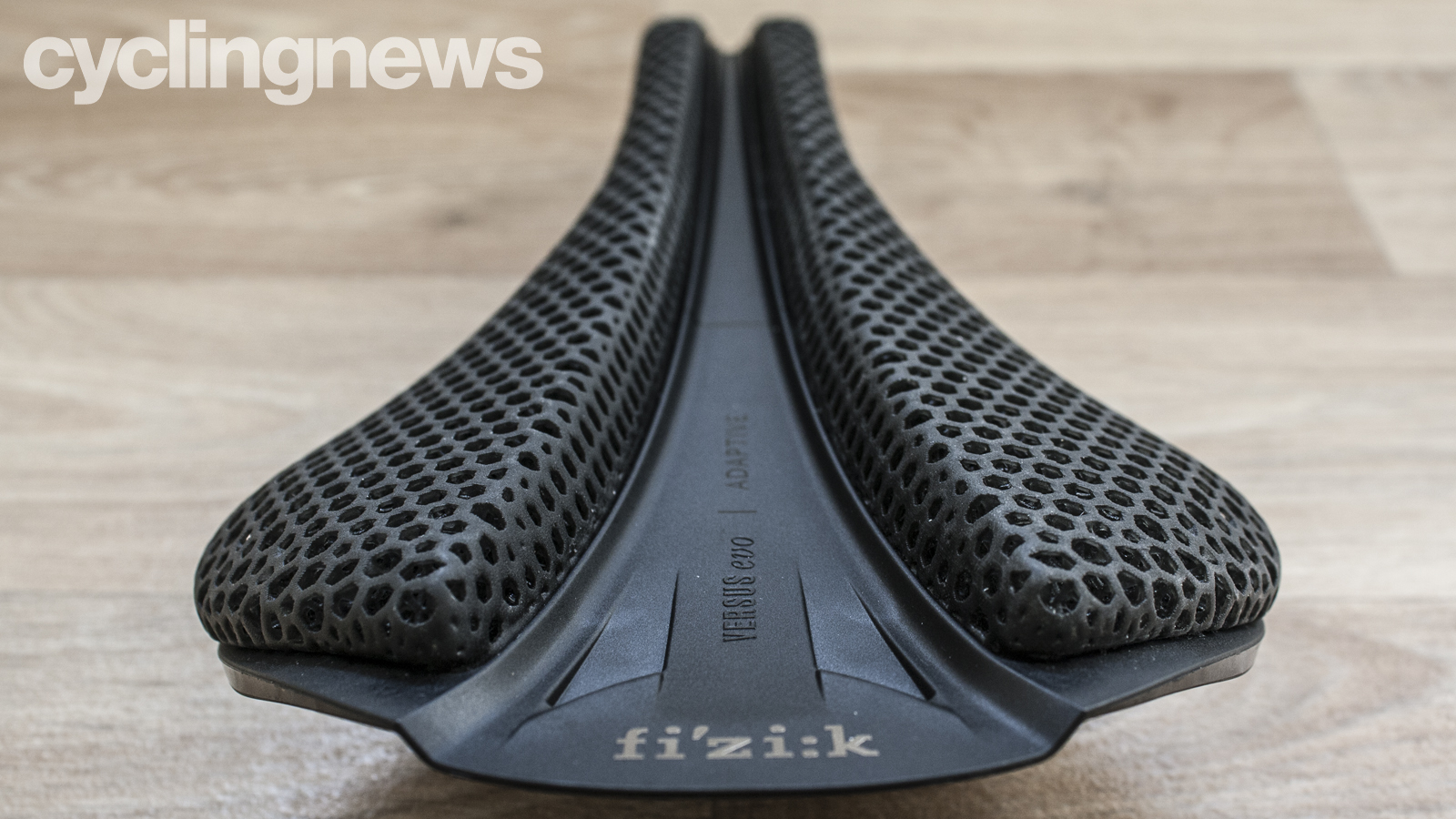
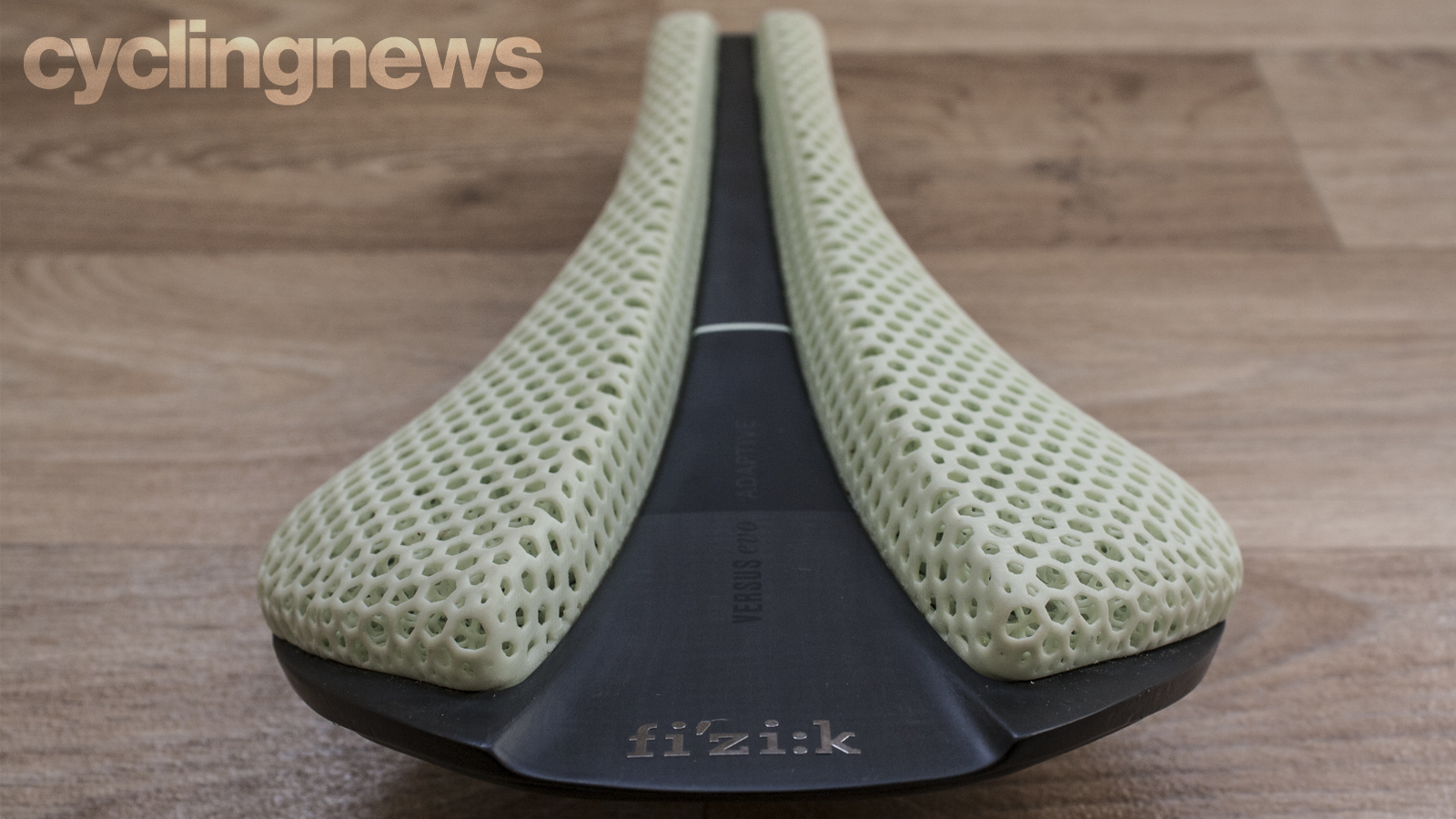
So which is the best 3D-printed saddle?
Not one of the three options pictured here is what you'd describe as an affordable road bike saddle. These 3D-printed perches will appeal to those looking to eke out every last gain when it comes to weight savings and communication levels, not to mention find favour with the early-adopting trendsetters.
There's no distinct standout here as both companies have catered for two different audiences. If you're looking for a cutting-edge 3D-printed, performance-infused saddle, the Antares Versus Evo 00 Adaptive can't be ignored. On the other end of the spectrum sits the Specialized Power Mirror which favours comfort but still offers a high degree of all-round performance and top-shelf aesthetics. Both these options, however, are very, very expensive which leaves the Versus R3 Adaptive.
At £249 the Fizik Antares Versus R3 Adaptive saddle is a whopping £141 cheaper than its 00 Adaptive stablemate but comes with a 62g weight penalty and sans the fancy carbon fibre trimmings. It's also £101 less than the equally dolled up Specialized Power Mirror saddle and weighs a scant 23g more. So while it's a little heavier than the 00 and Mirror saddle it still benefits from the same 3D-printed philosophy, performs just as well in respect to comfort/performance and comes in at a much cheaper price point.
The Fizik Antares Versus R3 Adaptive saddle gets my vote.
Tech specs:
Fizik Antares Versus Evo 00 Adaptive
- Price: £369.99
- Weight: 153g (actual)
- Dimensions: 139mm
- Rails: Carbon
- Shell: Carbon
- Cushion: Digitally printed polymer lattice
- Colours: Black/green
Specialized S-Works Power with Mirror
- Price: £350
- Weight: 192g (actual)
- Width: 143mm
- Rails: Carbon
- Shell: Carbon with plastic cornicing
- Cushion: Digitally printed polymer lattice
- Colours: Black
Fizik Antares Versus Evo R3 Adaptive
- Rrice: £249
- Weight: 215g (actual)
- Width: 139mm
- Rails: Kium
- Shell: Plastic
- Cushion: Digitally printed polymer lattice
- Colours: Black
Aaron was the Tech Editor Cyclingnews between July 2019 and June 2022. He was born and raised in South Africa, where he completed his BA honours at the University of Cape Town before embarking on a career in journalism. Throughout this career, Aaron has spent almost two decades writing about bikes, cars, and anything else with wheels. Prior to joining the Cyclingnews team, his experience spanned a stint as Gear & Digital editor of Bicycling magazine, as well as a time at TopCar as Associate Editor.
Now based in the UK's Surrey Hills, Aaron's life revolves around bikes. He's a competitive racer, Stravaholic, and Zwift enthusiast. He’s twice ridden the Cape Epic, completed the Haute Route Alps, and represented South Africa in the 2022 Zwift eSports World Championships.
Height: 175cm
Weight: 61.5kg
Rides: Cannondale SuperSlice Disc Di2 TT, Cannondale Supersix Evo Dura-Ace Rim, Cannondale Supersix Evo Ultegra Di2 Disc, Trek Procaliber 9.9 MTB
